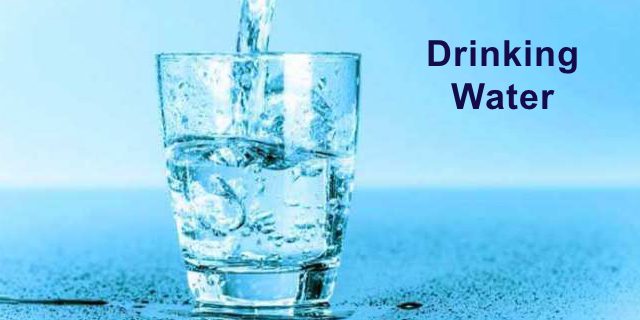As the summer sun heats the Northern Hemisphere, getting enough water can be difficult. Recommendations for the amount of water you should drink have changed. Instead of the 8 glasses of water a day, the guidance now is to follow your body’s signals that it needs water–thirst. And take note of the color of your urine, if your urine is dark, you need more water.
You may not have heard of it but you can drink too much water. Over hydration also called water intoxication, water poisoning or hyponatremia is the extreme opposite of dehydration. It happens when the amount of sodium in your blood falls below the normal level of 135-145 milliequivalents per liter (mEq/L).
Certain medications, like diuretics and antidepressants can change the normal balancing or equilibrium that your body maintains to keep electrolytes (like sodium) in balance. Kidney problems and heart failure can also make a person more susceptible to hyponatremia. Symptoms of hyponatremia include nausea and vomiting, headache, confusion and seizures. Brain swelling can cause death.
People have experienced hyponatremia symptoms by drinking from between 13 cups of water to 16 cups (or one gallon) of water in a short amount of time. This is because our kidneys have a limit to their filtration capacity. They can only process a certain amount of fluids per hour. So, to avoid hyponatremia symptoms, you should not drink more than 27-33 ounces (3 to 4 cups) of water per hour, on average.
Here is a video from TEDTalks about the human body and drinking water. Enjoy!





